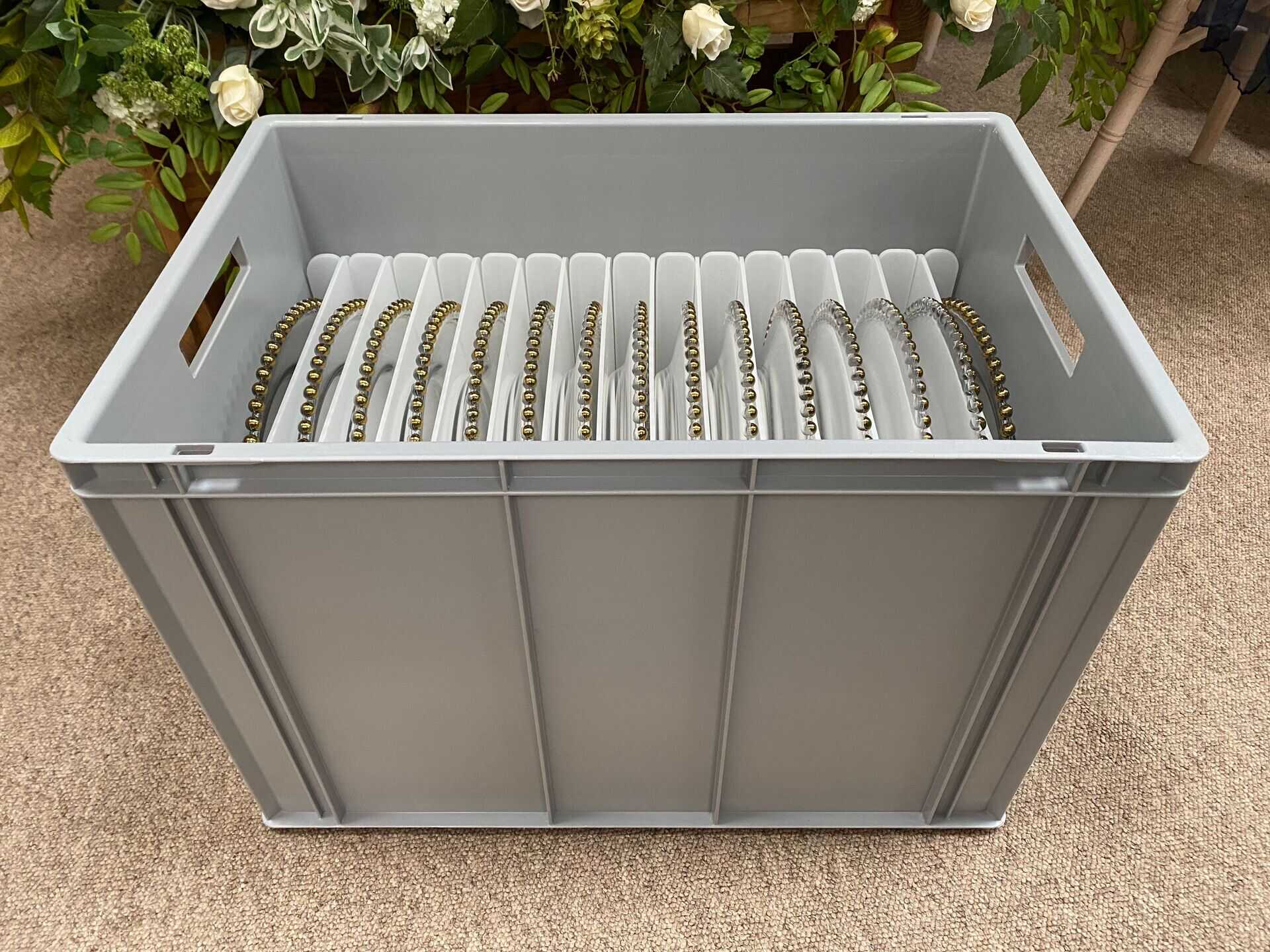

Articles
How To Store Charger Plates
Modified: May 6, 2024
Discover the best way to store charger plates with our helpful articles. Keep your charger plates organized and protected for future use.
(Many of the links in this article redirect to a specific reviewed product. Your purchase of these products through affiliate links helps to generate commission for Storables.com, at no extra cost. Learn more)
Introduction
Welcome to this comprehensive guide on how to store charger plates. Charger plates, also known as service plates or underplates, are decorative plates used to enhance the presentation of a table setting. They are typically larger than dinner plates and are not meant to be eaten off of. Charger plates are often made from materials like glass, porcelain, or metal, and they come in various designs and finishes to suit different occasions and personal tastes.
Properly storing charger plates when they are not in use is essential to maintain their beauty and prolong their lifespan. Whether you’re a professional event planner, a restaurant owner, or simply a charger plate enthusiast, this guide will provide you with valuable insights and practical tips for storing your charger plates.
In the following sections, we will explore the benefits of storing charger plates, the factors to consider before storing them, and the different methods of storage that you can choose from. We will also discuss cleaning and preparing charger plates for storage, as well as maintenance tips to keep them in pristine condition. By the end of this guide, you’ll be equipped with all the information you need to safely store your charger plates and ensure they remain in excellent condition until their next use.
Key Takeaways:
- Properly storing charger plates prolongs their lifespan, maintains their appearance, saves space, eases transportation, reduces cleaning time, and potentially saves money in the long run.
- Consider material, size, quantity, frequency of use, location, and protection when choosing a storage method for charger plates. Careful selection ensures safety and preservation.
Read more: How To Store Charger Plates
Benefits of Storing Charger Plates
Storing charger plates properly comes with a range of benefits. Here are some of the key advantages:
- Prolongs the lifespan: Storing charger plates correctly helps protect them from damage, such as scratches, chips, or cracks. This extends their lifespan, allowing you to use them for many years to come.
- Maintains their appearance: Charger plates are often used to enhance the aesthetic appeal of a table setting. Storing them properly ensures that their decorative designs, finishes, and colors remain intact, preserving their beauty over time.
- Saves space: Proper storage of charger plates ensures efficient use of space. With the right storage method, you can neatly organize and stack your plates, optimizing storage space in your pantry, cabinet, or storage area.
- Eases transportation: If you frequently transport your charger plates for events or catering purposes, storing them properly provides added protection during transit. This minimizes the risk of them getting damaged or scratched during transportation.
- Reduces cleaning time: By storing your charger plates properly, you can minimize dust accumulation and the need for frequent cleaning. This saves you time and effort, allowing for a quick setup when you’re ready to use them again.
- Saves money: Storing charger plates correctly helps to avoid accidental breakage or damage, which can be costly to replace. By protecting your plates, you can potentially save money in the long run.
By taking advantage of these benefits, you can ensure that your charger plates remain pristine and ready for use whenever the occasion arises. The next section will discuss the factors you should consider before storing your charger plates.
Factors to Consider Before Storing Charger Plates
Before you embark on storing your charger plates, it’s important to consider a few factors to ensure their safety and preservation. Here are some key factors to keep in mind:
- Material: Charger plates are made from various materials, such as glass, porcelain, or metal. Each material has its own care requirements. Consider the material of your charger plates to determine the appropriate storage method and materials to use.
- Size and shape: Charger plates come in different sizes and shapes. Take note of the dimensions of your plates to choose the storage solution that can accommodate them properly without causing any distortion or damage.
- Quantity: Assess the number of charger plates you have and determine how much storage space you will need. This will ensure you select a suitable storage solution and prevent overcrowding or stacking plates too high, which may lead to accidents or damage.
- Frequency of use: Consider how often you will be using the charger plates. If they are used frequently, you may prefer a storage method that allows for easy access and quick retrieval. For less frequently used plates, you may opt for long-term storage solutions.
- Location: Think about where you plan to store your charger plates. It could be a dedicated shelf or cabinet in your pantry, a storage room, or even an off-site storage facility. Ensure the location is clean, dry, and protected from temperature fluctuations or humidity that could potentially damage the plates.
- Protection: Consider the level of protection your charger plates require. Delicate materials like glass or porcelain may need extra cushioning or protective cases to prevent scratches or breakage. Sturdier materials like metal plates may require less protection.
By considering these factors, you can make informed decisions about the storage method and precautions needed to keep your charger plates safe and well-preserved. The next section will delve into different storage options for charger plates.
Choosing the Right Storage Space
When it comes to storing your charger plates, selecting the right storage space is crucial for their protection and accessibility. Here are some considerations to keep in mind when choosing a storage area:
- Clean and dry: Ensure that the storage space is clean and free from dust or debris. Any particles on the plates can cause scratches or damage over time. Additionally, moisture can lead to mold or tarnish, so the area should be dry and well-ventilated.
- Avoid extreme temperatures: Charger plates should be stored in an area with a stable temperature. Extreme heat or cold can cause materials to expand or contract, potentially resulting in cracks or warping of the plates. Aim for a temperature-controlled environment to preserve the integrity of the plates.
- Protection from light: If your charger plates have intricate designs or are made from materials that may fade or discolor over time, consider storing them away from direct sunlight or strong artificial lighting. Prolonged exposure to light can cause color fading or damage to delicate finishes.
- Accessibility: Depending on the frequency of use, choose a storage space that allows for easy access to your charger plates. If you use them regularly, consider storing them in a convenient location for quick retrieval.
- Space considerations: Evaluate the space available and determine the appropriate storage method based on the quantity and size of your charger plates. Ensure there is enough room to stack or arrange them without crowding, as overcrowding can increase the risk of accidents or damage.
- Security: If your charger plates hold sentimental or monetary value, consider the security of the storage area. Lockable cabinets or dedicated storage rooms can provide an extra layer of protection from theft or damage.
By carefully selecting the storage space for your charger plates, you can ensure they are well-protected, easily accessible, and preserved for future use. In the next section, we will discuss how to clean and prepare your charger plates before storing them.
Cleaning and Preparing Charger Plates for Storage
Before storing your charger plates, it is essential to clean and prepare them properly to ensure their longevity and prevent any dirt or stains from setting in. Follow these steps to clean and prepare your charger plates for storage:
- Inspect for damage: Before cleaning, carefully inspect each charger plate for any existing damage, such as cracks or chips. Set aside any plates that require repair or replacement.
- Remove food debris: Use a soft-bristled brush or a damp cloth to gently remove any food residues or crumbs from the surface of the plates. Be careful not to scrub too vigorously, as this can scratch delicate materials.
- Wash with mild detergent: Fill a sink or basin with warm water and add a few drops of a gentle dishwashing detergent. Use a soft sponge or cloth to wash each charger plate, paying attention to all sides and crevices. Rinse thoroughly to remove any soap residue.
- Dry thoroughly: After washing, pat the charger plates dry with a clean, lint-free towel. Ensure that there is no excess moisture as this can lead to corrosion or damage over time.
- Polish (if applicable): If your charger plates are made of metal and have a glossy finish, you may choose to polish them using a specialized metal polish. Follow the instructions on the polish and use a soft cloth to restore the shine and remove any tarnish.
- Protective measures: Consider adding an extra layer of protection to your charger plates before storage. Place a soft cloth or paper liner between each plate to prevent scratches or damage from friction. You can also wrap each plate individually with acid-free tissue paper or microfiber cloth.
- Label and organize: To make retrieval easy, consider labeling your charger plates or creating a checklist of what is stored where. This will save you time and effort when you need to locate specific plates in the future.
By following these cleaning and preparation steps, you can ensure that your charger plates are ready for storage in pristine condition. In the next sections, we will explore different recommended storage methods for your charger plates.
Read more: How To Use Charger Plates
Recommended Storage Methods for Charger Plates
When it comes to storing charger plates, there are several methods you can choose from depending on your storage space and the level of protection required. Here are some recommended storage methods:
- Storing Charger Plates in Protective Cases: If you want to provide maximum protection for your charger plates, consider investing in dedicated storage cases or containers designed specifically for charger plates. These cases are usually made of sturdy materials and have individual compartments to prevent plates from shifting or colliding. They often come with foam padding or dividers to cushion the plates and protect them from scratches or breakage.
- Storing Charger Plates on Shelves or Racks: If you have ample shelf space in your pantry or storage area, storing charger plates horizontally on shelves or racks is a practical option. Use non-slip liners or silicone matting on the shelves to prevent plates from sliding or scratching. Stack the plates vertically with a layer of padding, such as felt or foam, between each plate to provide extra cushioning.
- Storing Charger Plates in Original Packaging: If your charger plates came with their original packaging, it can be an ideal storage option. The original packaging is designed to protect the plates during transportation and storage. Place the plates back in their original boxes, ensuring they are clean and dry. If the original packaging is not available, consider using similar-sized boxes and wrapping each plate in acid-free tissue paper or bubble wrap for added protection.
- Wall-mounted Plate Racks: If your storage space is limited, consider wall-mounted plate racks. These racks allow you to display your charger plates while keeping them easily accessible. Ensure that the racks are securely attached to the wall and that each plate is properly secured to prevent accidents or damage.
- Vertical Plate Dividers: Vertical plate dividers are useful for storing multiple charger plates in limited space. These dividers can be placed in a drawer or a sturdy box, allowing you to stack the plates vertically and keep them neatly separated. Ensure that the dividers are padded or lined with a soft material to prevent scratches or damage.
Choose the storage method that best suits your needs, taking into consideration the available space, level of protection required, and accessibility. Remember to store your charger plates in a clean and dry environment to maintain their pristine condition. In the next section, we will discuss maintenance tips for stored charger plates.
To store charger plates, stack them vertically in a plate rack or on a shelf with a soft liner between each plate to prevent scratching. Avoid stacking too many plates to prevent breakage.
Storing Charger Plates in Protective Cases
One of the best methods for storing charger plates and providing maximum protection is using dedicated protective cases. These cases are specifically designed to safeguard your plates from scratches, chips, and other damage. Here’s a step-by-step guide on how to store charger plates in protective cases:
- Select the right case: Choose a protective case that is suitable for the size and quantity of your charger plates. Look for cases made of sturdy materials like hard shell plastic or aluminum, as they provide excellent protection.
- Clean and dry the plates: Ensure that your charger plates are clean and dry before placing them in the protective case. Wipe them down with a soft cloth to remove any dust or residue.
- Provide cushioning: Line the bottom of the case with a layer of soft padding or foam to provide cushioning for the plates. This helps absorb any impact during transportation or storage.
- Arrange the plates: Place the charger plates in the case one by one, ensuring that they are separated by additional layers of padding. This prevents them from coming into contact with each other and reduces the risk of scratching or chipping. Avoid stacking too many plates on top of each other to prevent excessive weight.
- Add additional protection: Depending on the fragility of your charger plates, you may want to add an extra layer of cushioning or protection. Consider placing a soft cloth or acid-free tissue paper between each plate to provide additional padding.
- Close and secure the case: Once all the charger plates are in place, close the case securely, ensuring that it is tightly sealed. If the case has latches or straps, fasten them properly to keep the plates secured inside.
- Label the case: It’s a good practice to label the case with the contents or any other relevant information. This makes it easier to identify specific sets of charger plates when you need to retrieve them.
- Store in a suitable location: Find a clean and dry storage space for the protective case. Make sure it is placed in an area where it won’t be subjected to extreme temperatures or excessive humidity. Ideally, it should be stored away from direct sunlight or artificial light sources.
Storing charger plates in protective cases offers a high level of protection and ease of transportation. It also keeps the plates organized and prevents them from coming into contact with other items that may cause damage. By following these steps, you can ensure that your charger plates remain in excellent condition while in storage. In the next section, we will discuss another method of storing charger plates on shelves or racks.
Storing Charger Plates on Shelves or Racks
If you have ample shelf space in your pantry or storage area, storing charger plates on shelves or racks can be a practical and visually appealing option. Here’s a step-by-step guide on how to store charger plates on shelves or racks:
- Clean and dry the plates: Before storing your charger plates, ensure that they are thoroughly cleaned and completely dry. Use a soft cloth to wipe away any dust or food particles.
- Prepare the storage area: Ensure that the shelves or racks where you plan to store the plates are clean, dry, and stable. Remove any items that could potentially damage the plates or cause them to slide or shift during storage.
- Use non-slip liners: To prevent the plates from sliding or scratching on the shelves, line the surface with non-slip liners or silicone matting. These materials provide grip and cushioning for the plates.
- Stack plates vertically: Stack the charger plates vertically on the shelves. Place a layer of padding, such as felt or foam, between each plate to provide extra cushioning. Take care not to stack them too high, as this can increase the risk of accidents or damage.
- Organize by size or design: If you have different sizes or designs of charger plates, consider organizing them accordingly. Group them together based on size or design to make it easier to locate specific plates when needed.
- Avoid overcrowding: Ensure that there is enough space between each stacked plate to prevent overcrowding. Overcrowding can put pressure on the plates and increase the risk of damage.
- Secure the plates: If you’re concerned about the stability of the stacked plates, consider using plate stands or plate display holders to keep them secure. These will help prevent the plates from toppling or shifting.
- Regularly inspect and clean: Periodically inspect your stored charger plates to ensure they remain in good condition. Dust them off gently with a soft cloth and clean the shelves or racks as needed to maintain a clean storage area.
Storing charger plates on shelves or racks allows for easy access and visual organization. It also makes it convenient to showcase your collection and adds a decorative touch to your storage area. By following these steps, you can keep your charger plates safely stored and ready for use. In the next section, we will explore another option: storing charger plates in their original packaging.
Storing Charger Plates in Original Packaging
If your charger plates came with their original packaging, it can be an excellent option for storing them. The original packaging is specifically designed to protect the plates during transportation and storage. Here’s a step-by-step guide on how to store charger plates in their original packaging:
- Inspect the packaging: Ensure that the original packaging is in good condition and free from any damage or signs of wear. If the packaging is damaged or inadequate, consider using alternative packaging materials.
- Clean and dry the plates: Before placing the charger plates in their original packaging, make sure they are clean and completely dry. Use a soft cloth to remove any dust or residue.
- Prepare the packaging: If the original packaging has separate compartments or dividers specifically designed for the charger plates, ensure they are in their correct positions. If not, use acid-free tissue paper or bubble wrap to create individual compartments for each plate.
- Insert the charger plates: Gently place each charger plate into its designated compartment, ensuring that they fit securely and are well-protected from contact with other plates. Avoid stacking too many plates on top of each other to prevent excessive weight.
- Add extra protection: If the original packaging does not provide sufficient cushioning, consider adding an extra layer of padding between the plates. Wrap each plate individually with acid-free tissue paper or bubble wrap to prevent scratches or damage.
- Close and secure the packaging: Once all the charger plates are in place, seal the original packaging securely according to its original closure method. If the packaging does not have a secure closure, use packaging tape or Velcro straps to keep it tightly closed.
- Label the packaging: It’s a good practice to label the packaging with the contents or any other relevant information. This makes it easier to identify specific sets of charger plates when you need to retrieve them.
- Store in a suitable location: Find a clean and dry storage space for the original packaging. Place it in an area where it won’t be subjected to extreme temperatures, excessive humidity, or direct sunlight.
Storing charger plates in their original packaging ensures that they are protected by the packaging’s design and materials. This method is convenient and allows for easy identification and retrieval of specific sets. By following these steps, you can keep your charger plates safely stored and well-protected until their next use. In the next section, we will provide some maintenance tips for stored charger plates.
Read more: How To Make Charger Plates
Maintenance Tips for Stored Charger Plates
Even when properly stored, charger plates still require some maintenance to ensure their long-term preservation and keep them in pristine condition. Here are some tips to help you maintain your stored charger plates:
- Regularly inspect the plates: Periodically check on your stored charger plates to ensure they remain in good condition. Look for any signs of damage, such as chips, cracks, or discoloration. Early detection can prevent further damage and allow you to take necessary steps for repair or replacement.
- Dust regularly: Dust can accumulate on stored plates over time. Use a soft cloth or a feather duster to gently remove any dust or debris from the surface of the plates. Avoid using harsh cleaners or abrasive materials that can scratch or damage the plates.
- Handle with care: When taking out or rearranging your charger plates, handle them with care to avoid any accidental drops or collisions. Be mindful of your grip and use both hands if necessary to provide better support.
- Store in a stable environment: Maintain a stable storage environment for your charger plates. Avoid exposing them to extreme temperatures, humidity, or direct sunlight, as these factors can cause damage or discoloration. A clean and dry environment is ideal for long-term storage.
- Check for pests: Pests like rodents or insects can potentially damage your stored charger plates. Regularly inspect the storage area and look for any signs of pest activity. If needed, take preventive measures such as using pest repellents or keeping the storage area clean and sealed.
- Avoid stacking too high: If you’re storing your charger plates in stacks, avoid stacking them too high to prevent the weight from causing damage or toppling over. Consider using plate holders or separators to keep the stacks stable and prevent them from shifting.
- Update storage method if needed: As your collection grows or your storage space changes, reassess your storage method. If you notice that the current method is causing overcrowding or compromising the safety of the plates, consider investing in alternative storage solutions that provide better protection and organization.
- Keep records: Maintain a record of your charger plates, including their styles, patterns, and any identifying marks. This can help you keep track of your collection and assist in the event of loss or damage.
By following these maintenance tips, you can ensure that your charger plates remain in excellent condition while in storage. Proper care and regular inspections will help preserve their beauty and extend their lifespan. In the next section, we will conclude this guide with a summary of the information covered.
Conclusion
Storing charger plates properly is essential for their longevity and maintaining their beauty. By following the recommendations and tips outlined in this guide, you can ensure that your charger plates are stored in a way that protects them from damage, preserves their appearance, and makes them easily accessible for future use.
We discussed the benefits of storing charger plates, including prolonging their lifespan, maintaining their appearance, saving space, and reducing cleaning time. We also highlighted important factors to consider before storing charger plates, such as material, size and shape, quantity, and frequency of use. These considerations help guide your choice of storage method and location.
We explored multiple storage methods, including storing charger plates in protective cases, on shelves or racks, and in their original packaging. Each method offers its own level of protection and convenience, allowing you to select the option that best suits your needs and available space.
We also provided guidance on cleaning and preparing charger plates for storage, including inspecting for damage, removing food debris, washing with mild detergent, and drying thoroughly. Additionally, we emphasized the importance of maintenance, such as regular inspection, dusting, careful handling, and maintaining a stable storage environment.
Remember to implement these practices consistently to ensure the long-term preservation of your charger plates. By taking the time to store and maintain them properly, you can extend their lifespan, save money on replacements, and continue to enjoy their beauty for years to come.
Whether you’re a professional event planner, a restaurant owner, or a charger plate enthusiast, this guide has provided valuable insights and practical tips for storing charger plates effectively. Now, it’s time to put these recommendations into action and give your charger plates the care and protection they deserve.
After mastering the art of storing charger plates, why stop there? Dive into our guide on best plate storage solutions where you'll find innovative ways to keep all types of plates neat and secure. And if your culinary space feels cramped, don't miss out on our tips for organizing a small kitchen. These insights are perfect for making the most out of every inch in small kitchens, ensuring everything has its place.
Frequently Asked Questions about How To Store Charger Plates
Was this page helpful?
At Storables.com, we guarantee accurate and reliable information. Our content, validated by Expert Board Contributors, is crafted following stringent Editorial Policies. We're committed to providing you with well-researched, expert-backed insights for all your informational needs.

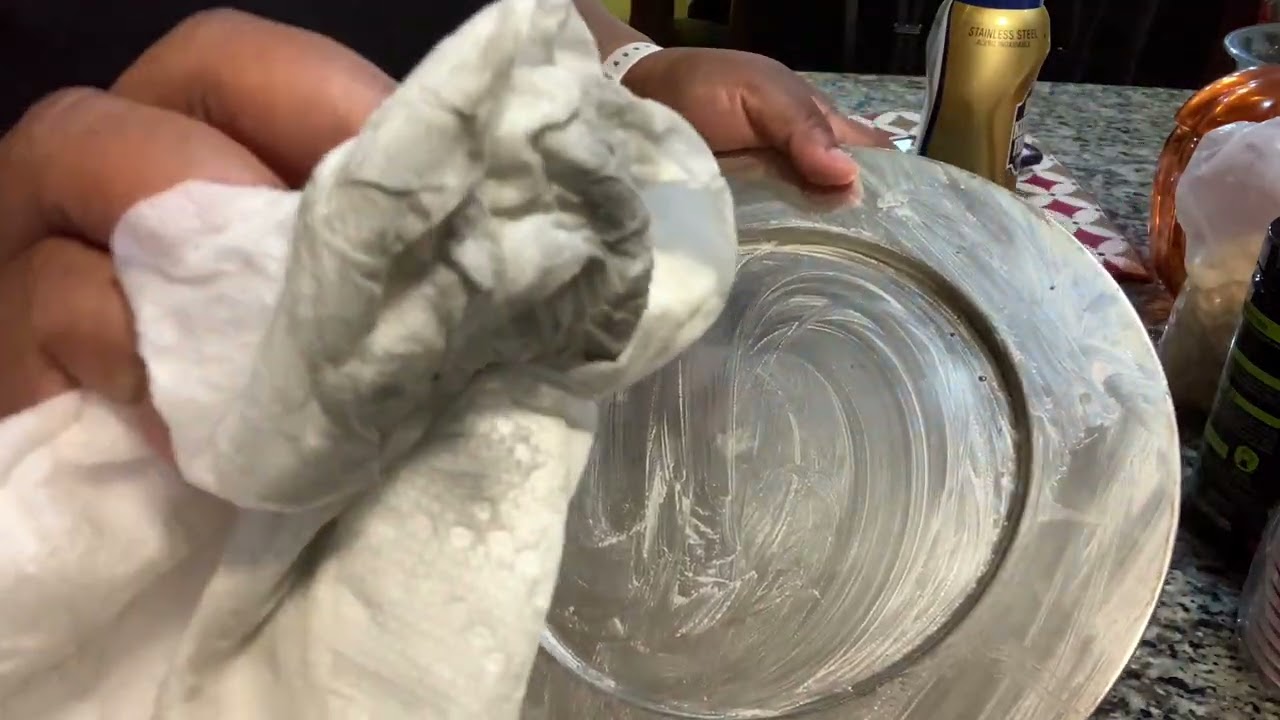

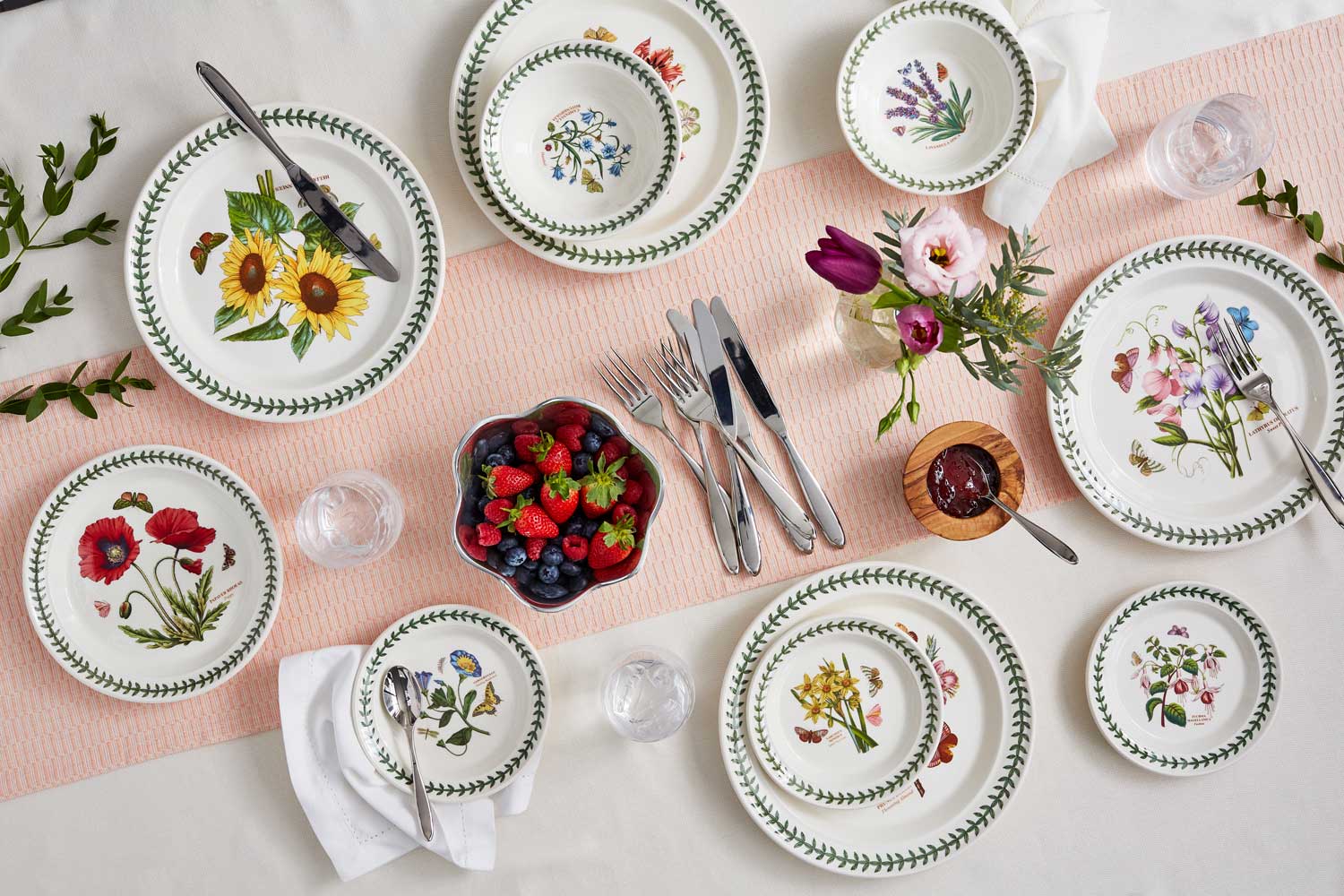


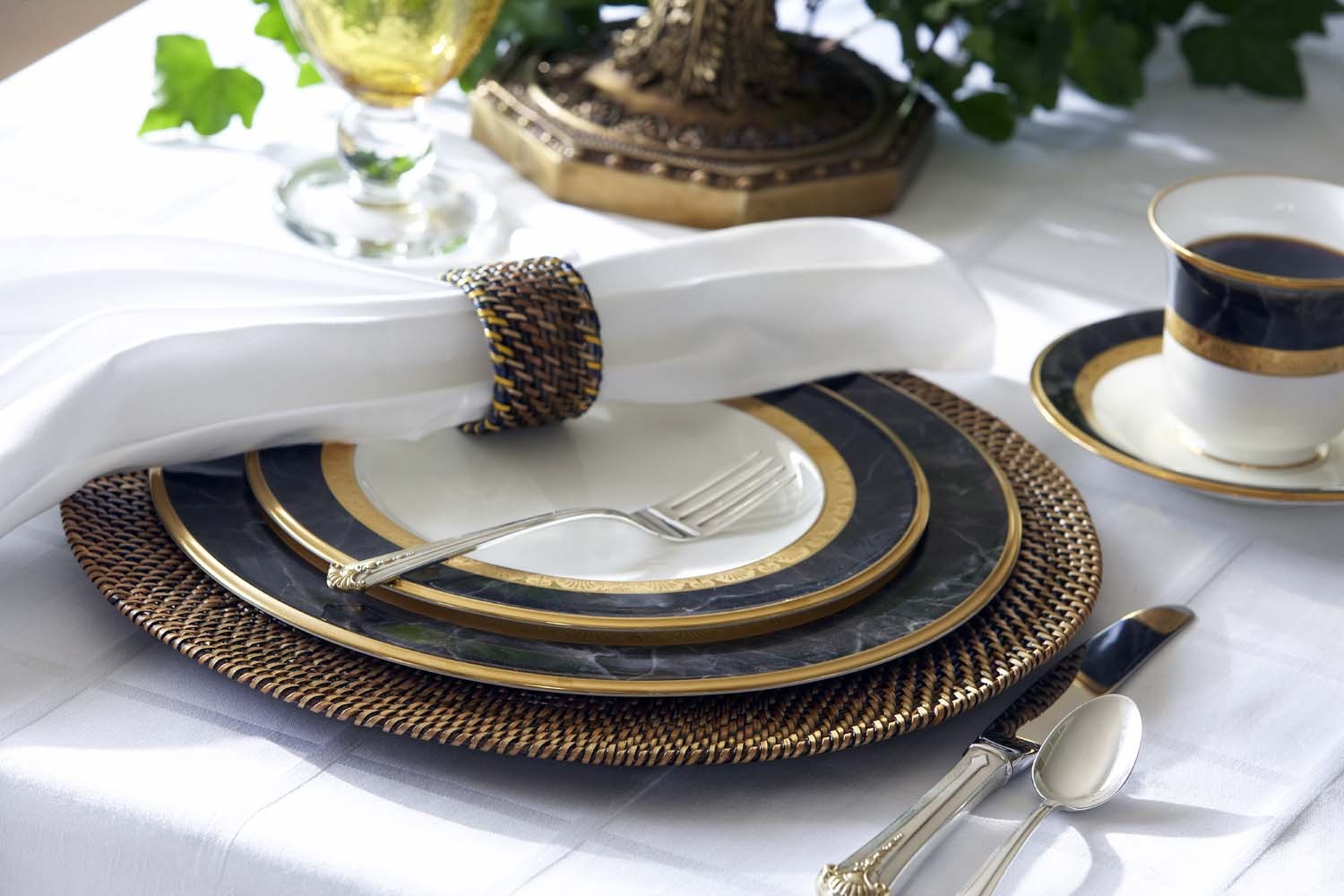
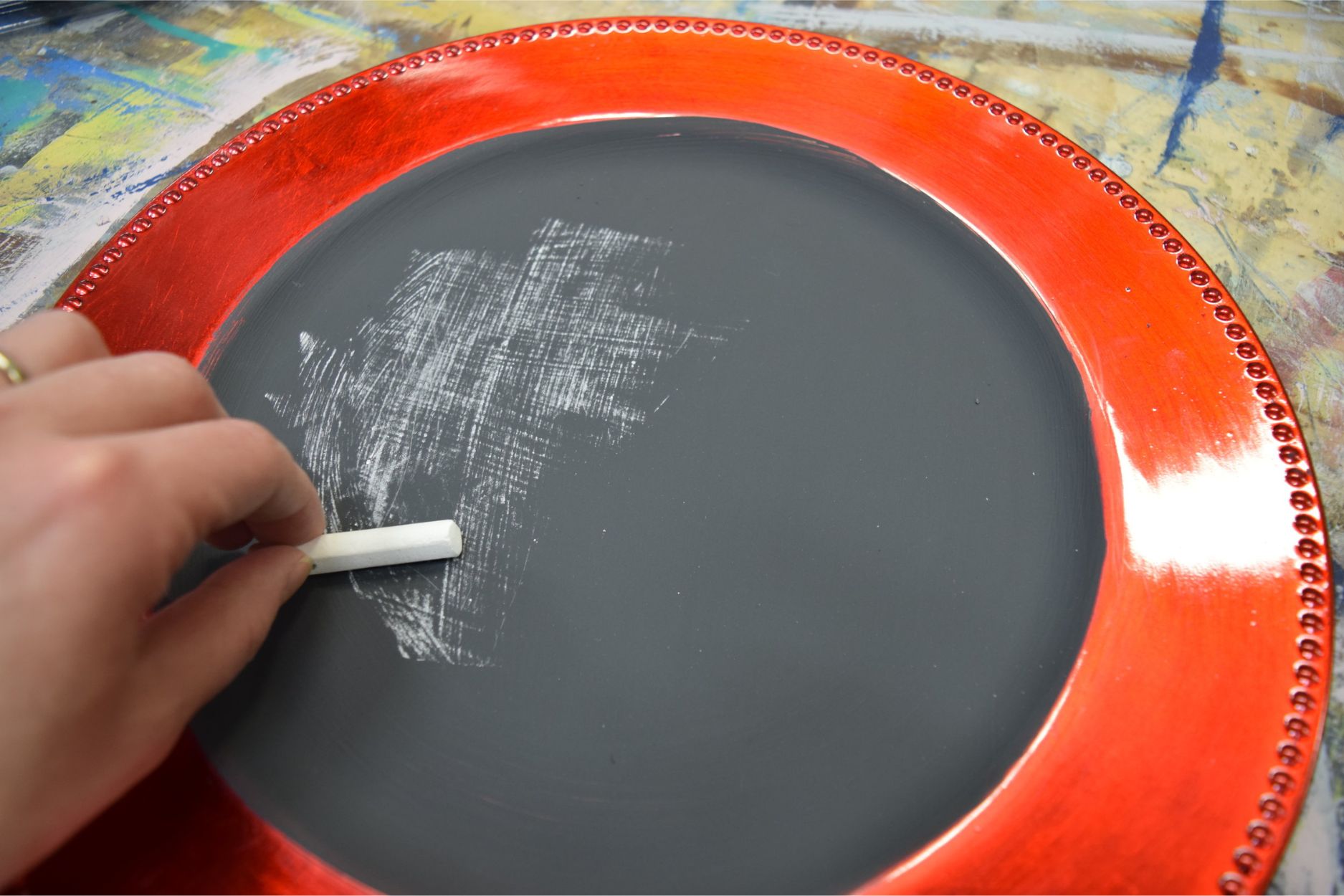
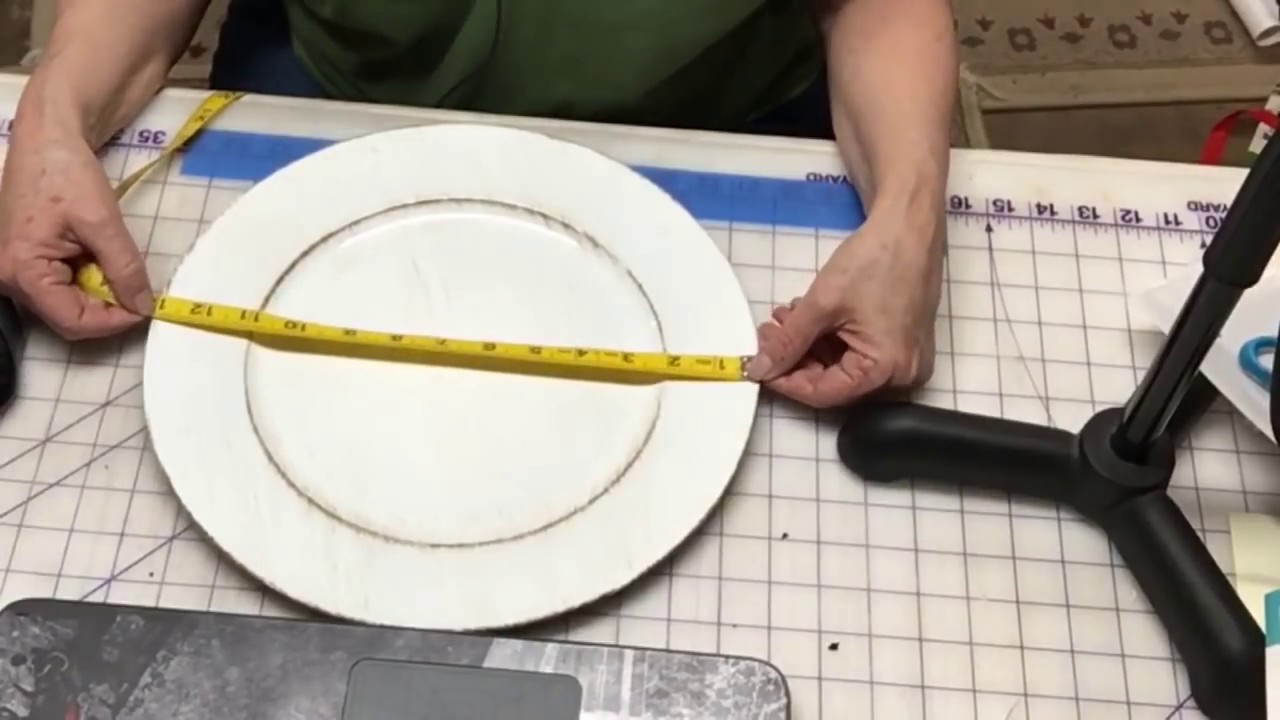
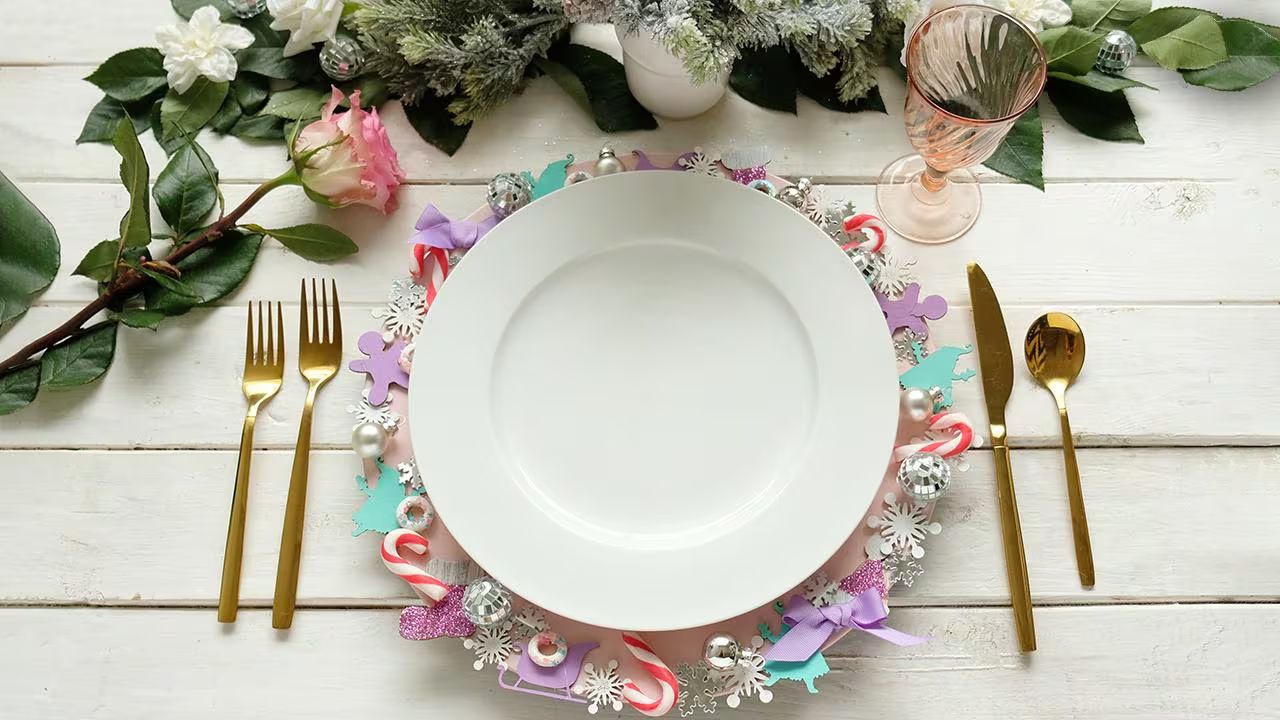

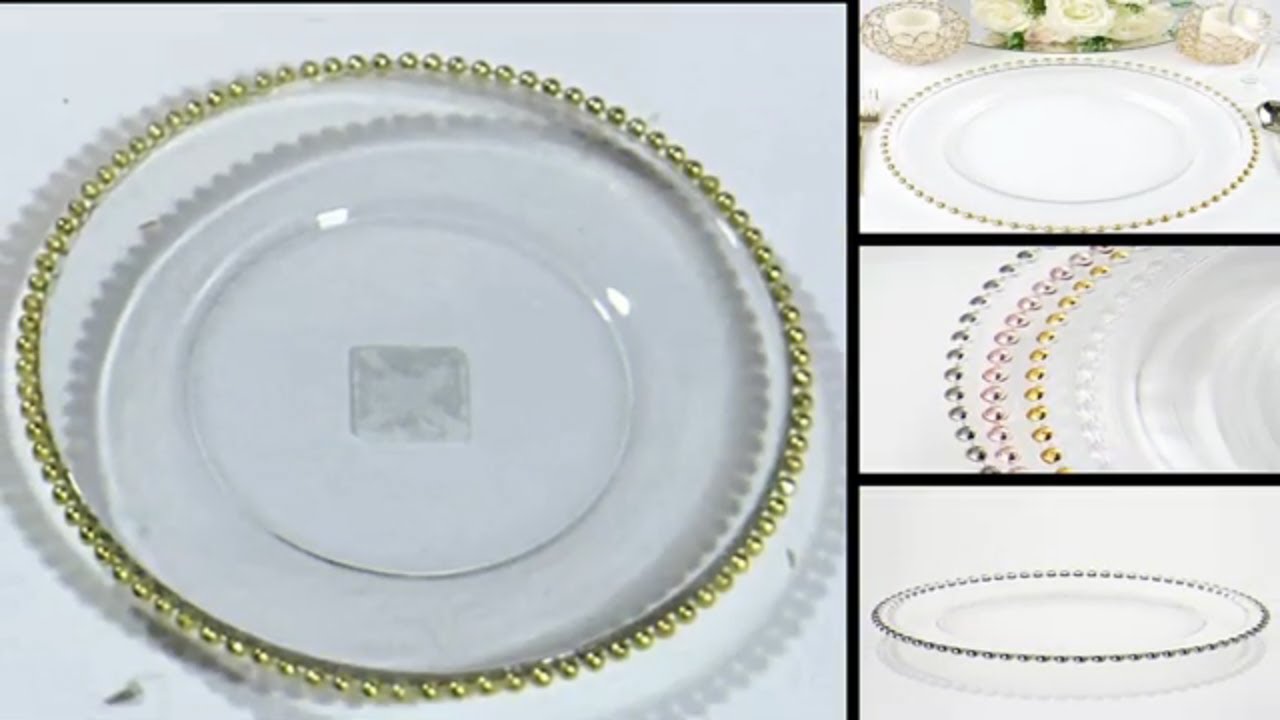
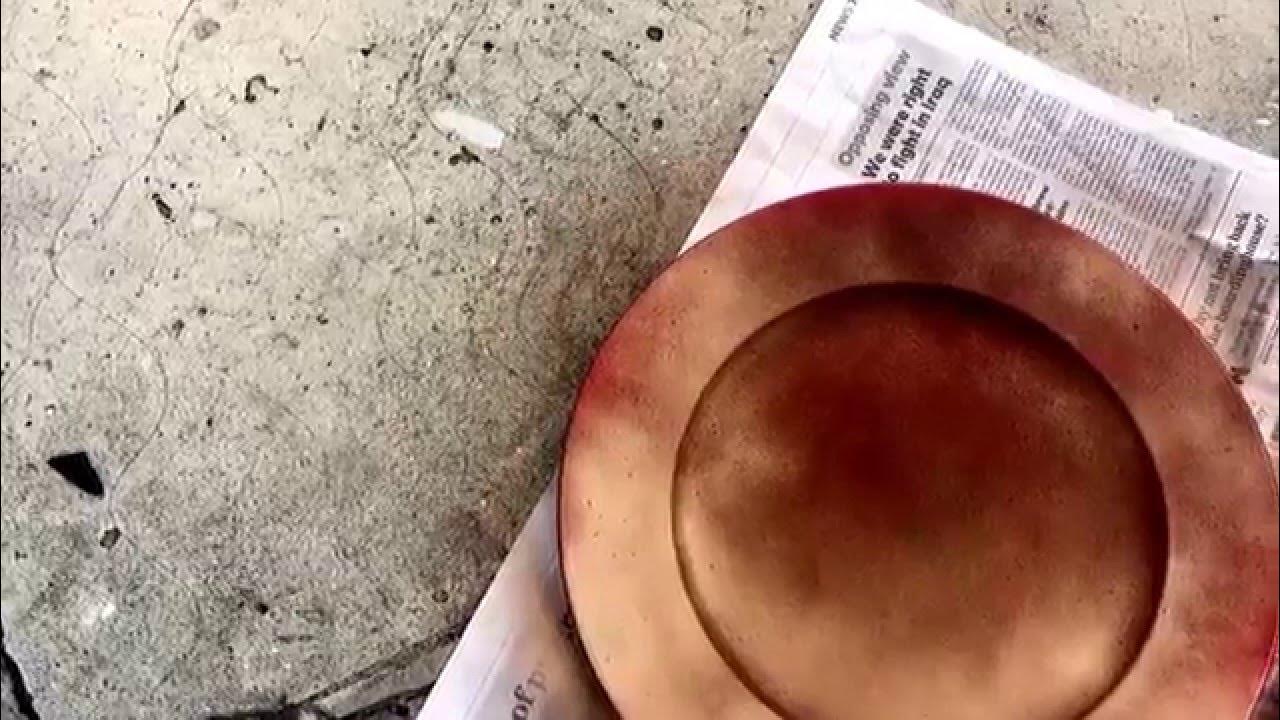

0 thoughts on “How To Store Charger Plates”